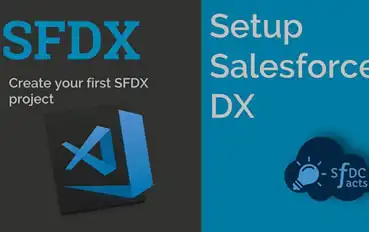Here are 8 ways metadata plays an important role in your Salesforce environment:

RELATED BLOG POSTS
Setting Up and Using CodeScan Effectively
Running CodeScan on your Salesforce Org is a great first step towards quality code, but maintaining that quality is a Read more
Estimating ROI with CodeScan
Every Software Development Professional knows the following fact: the later bugs are found, the more expensive they are to fix. Read more
SFDX Tutorial | Setting Up CodeScan
Salesforce DX is a new focus on source-driven, collaborative development. The Salesforce CLI (Command Line Interface) easily integrates into your Read more
CodeScan and Visual Studio Team Services
Visual Studio Continuous IntegrationVisual Studio Team Services (VSTS) is a quick and powerful tool to set up continuous integration and Read more

 Metadata plays a crucial role in Salesforce and if it’s not properly protected and handled, you could be in for some major headaches.
Metadata plays a crucial role in Salesforce and if it’s not properly protected and handled, you could be in for some major headaches.
 Your Salesforce environment is likely larger than a single instance. And when your team members are hopping from project to project, you want them to be comfortable and familiar with their surroundings. Creating consistency between these environments is crucial to avoiding errors and streamlining efforts.
Your Salesforce environment is likely larger than a single instance. And when your team members are hopping from project to project, you want them to be comfortable and familiar with their surroundings. Creating consistency between these environments is crucial to avoiding errors and streamlining efforts.



